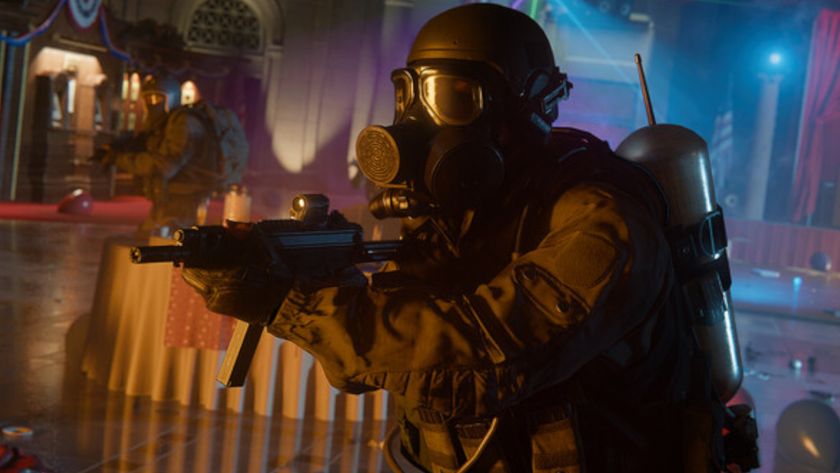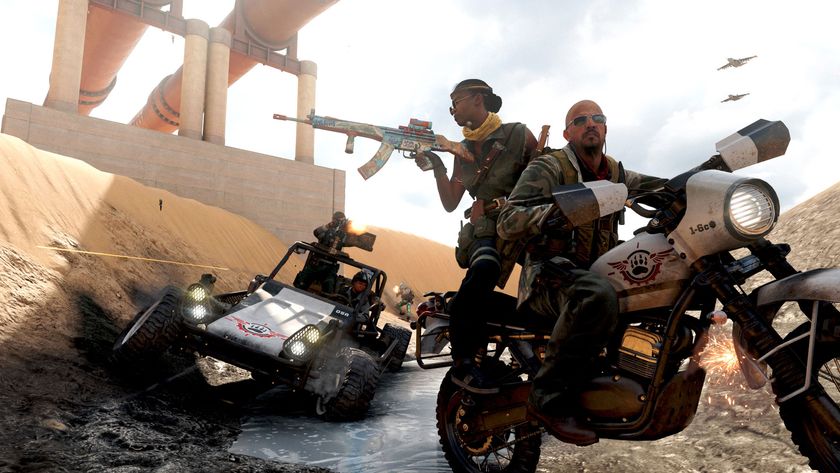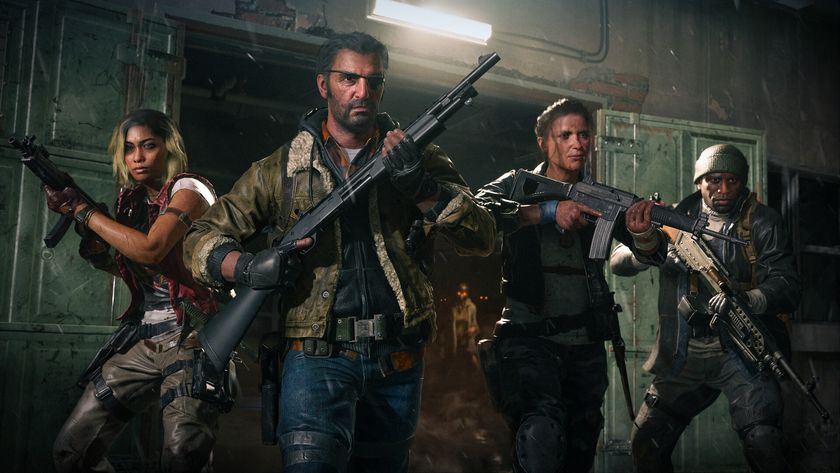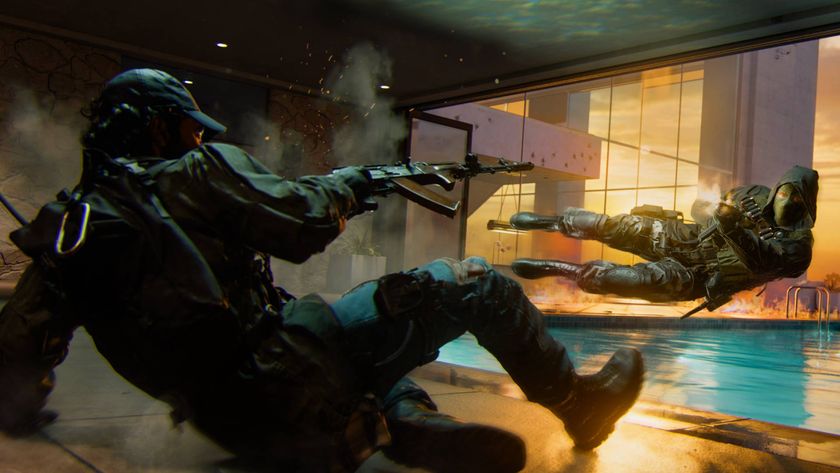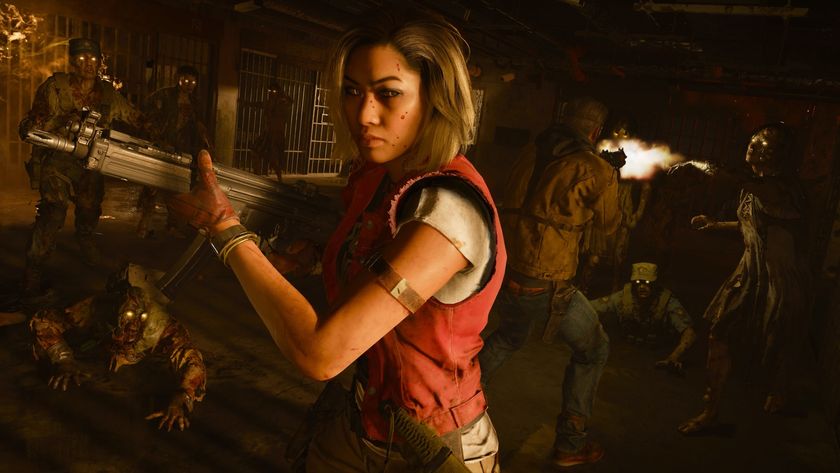How Call of Duty 2 introduced us to the real horrors of war, while shouting a rallying cry to the whole FPS genre
Ushering in the era of HD gaming and laying a foundation for dominance, Infinity Ward's gem re-established a sub-genre and then pushed everything forward.
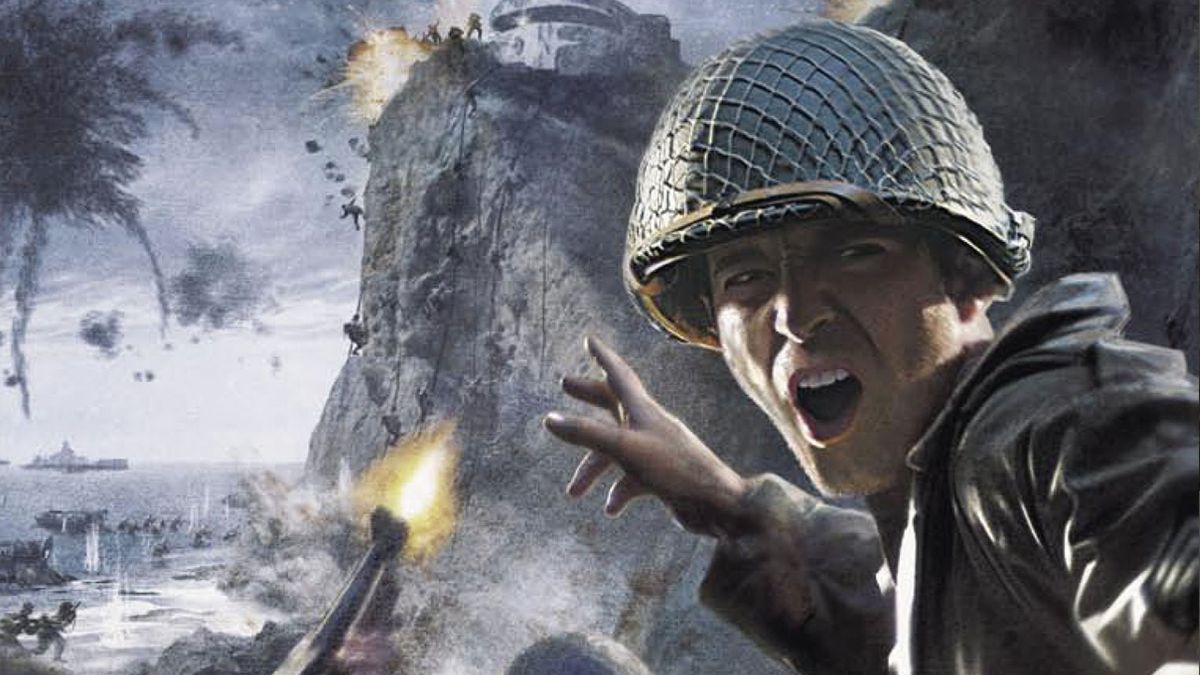
Somewhere on the road to commanding the attention of idle thumbs across the western hemisphere, Call of Duty lost its way. It’s difficult to pin down the exact date, but it might have at least started when developer Infinity Ward first hung up the M1 Garand and thrust an M16 into our hands. That said, perhaps it was when Sledgehammer first fitted us into one of its exoskeleton suits, or maybe – just maybe – it was when Treyarch reset the tone of the whole series as it paired war crimes with the blaring riffs of The Rolling Stones. But really, who can say?
Here’s the thing: It wasn’t always like this. Once upon a time Call of Duty was the FPS with a heart, driven by a desire to pin its action around emotional depth and scintillating set pieces, imbued with an energy born from ambitious technical leaps and a cautious flirtation with full online functionality. In November of 2005 the Xbox 360 ushered in the era of HD gaming and universal online multiplayer for home console players, and Call of Duty 2 was right there with it, giving a new generation a glimpse into what the next decade would bring
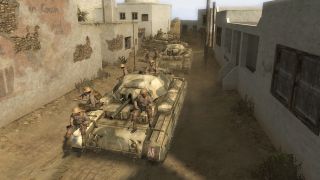
For those that were there at the beginning, the first time Call of Duty 2 rumbled into action was a monumental occasion. It looked like no other console release on the market – that isn’t hyperbole but a certified fact; it was the one launch title that loudly, defiantly forced shooter fans to acknowledge that the original Xbox and PlayStation 2 hardware just weren’t going to cut it anymore. At its core, it was gritty and authentic in a way we hadn’t experienced on this scale.
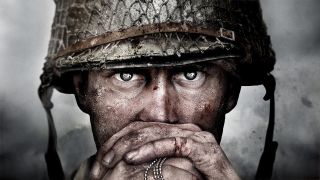
It was as if Infinity Ward had transformed us into a camera crew, caught on the sets of Saving Private Ryan and Enemy at the Gates. This wasn’t World War 2 as the history books portrayed it, but as Hollywood had. Thunderous and fast, explosive and challenging; evocative enough to give us but a taste of the horrors of war, pulling back just enough for a dangerous amount of adrenaline to course through our veins throughout its entire single-player campaign.
This was made possible by the power of the Xbox 360 and the ambition of Infinity Ward along with it. The studio’s proprietary IW Engine 2.0 – a modified version of Id Tech 3, first used in the original Call of Duty – ensured it would be able to properly expand the scope of the series’ combat, visuals and overall battlefield experience without having to make any sweeping concessions to its base vision. Overall immersion was now as important as the feel and feedback on the weapons themselves. Clouds of smoke would impair visibility as you tore through quaint streets and terrifying trenches, and the introduction of a 'battle chatter' system would dominate the soundscape alongside the constant flitters of explosions and gunfire, while improved AI systems would prey on our general inability to avoid these plentiful distractions
Old conflicts, staggering new ambition
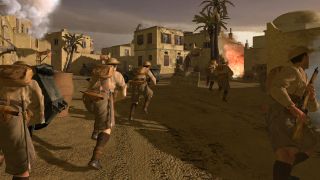
All of this combined excellently with the larger battlefields introduced here, less linear in their construction but still driven by an immediacy that the narrative warranted. This was war as we’d never seen it, and this game acted as a huge call to arms for the industry. Looking back at it now it can be difficult to get a sense of just how startling Call of Duty 2 was back in 2005, but for players weaned on the limited offerings from the likes of Medal Of Honor: Allied Assault and Battlefield 1942 it was an arresting development.
Comprised of four individual campaigns, each split into three driving stories across 27 missions, we were given a whirlwind tour of some of the most famous – and strategically important – battles World War 2 had to offer, and all to a generation largely uninterested with learning history the old-fashioned way. The portrayals of the Battle of Stalingrad and Normandy Beach Landing are as evocative today as they were a decade ago, while the presentation of the North African campaign and crossing of the Rhine displayed a strong desire to surprise on Infinity Ward’s part.
Sign up to the 12DOVE Newsletter
Weekly digests, tales from the communities you love, and more
There’s something special about Call of Duty 2’s campaign because it understands – and expertly demonstrates – restraint. This isn’t some ludicrous Bond-style power fantasy in which you tour the world putting a stop to global acts of terror and other such nonsense. It’s a contained shooter that tries its best to marry the horrors of World War 2 with the chaos demanded by a modern first-person shooter. It's perhaps unsurprising that this year's CoD - Call of Duty: WW2 - has returned to the era, and so successfully as well. In Call of Duty 2, Sledgehammer Games had a truly special template to refer back to.
This article originally appeared in GamesTM magazine. For more great coverage, you can subscribe here.
Highly respected within the gaming industry by both publishers and development studios alike, games™ is one of the most esteemed and trusted magazines in the field. The soaring production values and highly knowledgeable team secured four industry awards, and the unflinching and unbiased opinion elevated the magazine’s status to the most trusted in the business. With a dedicated retro gaming section, features that cut through the industry, and the biggest reviews, games™ is one of the most comprehensive video game magazines on the market and the perfect choice for anyone who takes gaming seriously.
